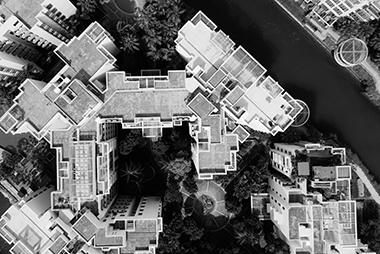András Gábos and Zsófia Tomka examined the evolution of minimum income benefit levels in Europe between 2009 and 2017.
The graph shows that the level of social assistance in Hungary is extremely low relative to the poverty line, one of the expected results of which is to encourage activity, but this phenomenon is by no means rare in a regional comparison.
Read more about the article:
With regard to minimum income benefits, Hungary is characterised by very clear trends between 2009 and 2017: a decline in the adequacy of social assistance benefits and, in conjunction with this and the increase in the minimum wage, a significant increase in the work incentive effect, similar to several countries in the Central and Eastern European region. This may have contributed significantly to both the increase in employment among the low-educated and unskilled, and the process whereby, during the recovery period (2014-2017), a social stratum whose members were for one reason or another unable to share in the employment expansion seems to have been left behind.
FULL ARTICLE is AVAILABLE here
(TRIP 2022 Chapter 3, András Gábos - Zsófia Tomka)



